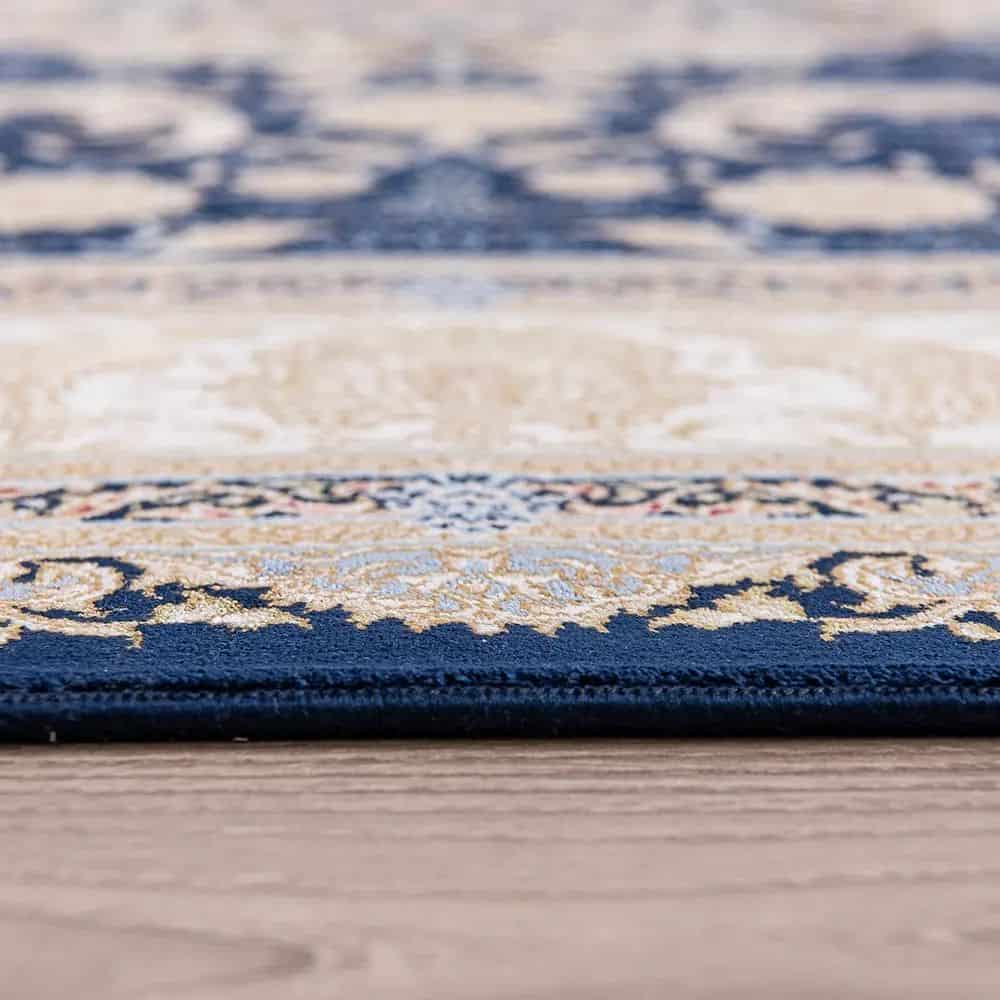There’s nothing worse than a beautiful carpet that squeaks every time you walk across it. You can’t find anything wrong with it on the surface. So the problem must be underneath. What a pain.
But before you rip up your expensive carpet in search of an answer, what if we told you there’s a simple, easy, and cost-effective way of fixing that squeak without causing any damage?
All you need is the right screws, drill, and method!
This article will explain how easy it is to fix those squeaky floors you have under your carpet. We’ll also share some possible causes of your noisy floorboards, ensuring you can finally put those annoying sounds to rest.
A step-by-step method to fix carpeted floor squeaks
Equipment:
- Measuring tape
- String or chalk
- Carpet floor repair kit(including special snap-off screws)
- Tripod with depth fixture attachments
- Pair of pliers
1. Locate the joists
The first thing you need to do is locate the joists in your room. Joists are long series of wooden beams that parallel each other, supporting the weight of the room’s floor.
Using a hammer, softly beat down on the carpet and listen. A hollow sound suggests there’s no joist. If you hear a thud, you more than likely have detected the beam.
Most joist measure between 12 to 16 inches in width. Using these measurements, plot the location and alignment of the remaining beams in the room using string or chalk.
2. Tightening the sheathing
Using a drill with a depth control fixture, you will screw down until you go through the sheathing and make contact with the joist.
The sheathing is the structural board between the floor joists and the carpet. It is known as the subfloor and is commonly made of either plywood or OSB.
Don’t be worried – if you use the correct screws, the work you are about to do on the carpet will be virtually undetachable. Hold the screw in place using the tripod, standing as close as possible to apply weight to the subfloor. This ensures maximum contact is achieved.
Drill the screw through the tripod, continuing through the carpet until you contact the subfloor. The tripod will stop the screw at a certain cut-off point, preventing it from causing damage to the carpet.

valentishome
3. Snap off the screw head
Once the screws are placed, it’s time to snap the head off. This ensures you can’t see any DIY work on the carpet, rendering the entire job invisible.
Using the tripod, use the screw gripper feature to hook the head of the screw in place and pull sharply. You can use a pair of pliers for the same effect. The top of the screw will instantly break away.
The screw is now connecting the floor with the joist. Gaps or excess space which may have caused the noises will be no more!
4. Repeat along all of the joists
Repeat the above process along the joist lines, spacing each screw about 8 inches apart from one other. Use the tripod to snap the head of each screw, and ensure you continue until you reach the walls. Continue installing screws on parallel joists to ensure the subflooring connects appropriately with the beams.
Once finished, you should walk across the carpet and listen carefully. The squeaky area should be no more.
If you still hear noise from the below, then it’s time to install more screws in the problem area and apply more weight when drilling. This ensures maximum contact is made with the plywood subfloor.

rugsforever_uk
What causes a squeaky floor under a carpet?
Squeaks usually occur when a gap appears between the joist below and your subfloor.
The three most common reasons why the noises are happening are:
- Fluctuating temperature and humidity: the wooden subfloor is susceptible to temperature and humidity changes. Cold weather, for example, causes wood to shrink, while high temperatures cause expansion. Regulating the room temperature can eliminate this problem. When installing flooring, allow it time to acclimatize with your home first.
- Padding problems: Think of the carpet padding as a cushion between your carpet and the floor. If you pick the wrong material or density, or the padding is not applied evenly, this can lead to noisy squeaks in random parts of your room.
- Lousy installation: Sometimes, your subfloor has been installed incorrectly, leading to squeaky floorboards. This is usually when low-quality glue, loose nails, and poor technique have been used. You may need to reinstall the board or drill multiple screws across the room to rectify the situation.
Conclusion
Many homeowners get frustrated and anxious about squeaky floors. Not only are they irritating to hear, but they could cost a small fortune trying to repair. And the last thing you want to do is rip up an expensive piece of carpet.
But as our article has shown, fixing the floor yourself is a straightforward, easy process that anyone can do at home. All you need to do is gather the right equipment and take your time. And with suitable screws, no one will be any wiser about your work!
Please comment below if you still have questions about fixing a squeaky floor. When in doubt, remember:
- The first thing you must find is the direction and location of the joists.
- Using a special carpet repair tool, you can drill undetectable screws through the carpet to make better contact with the wood subfloor.
- Place screws 8 inches apart along the creaky subfloor to apply the necessary contact, and fix your squeak.